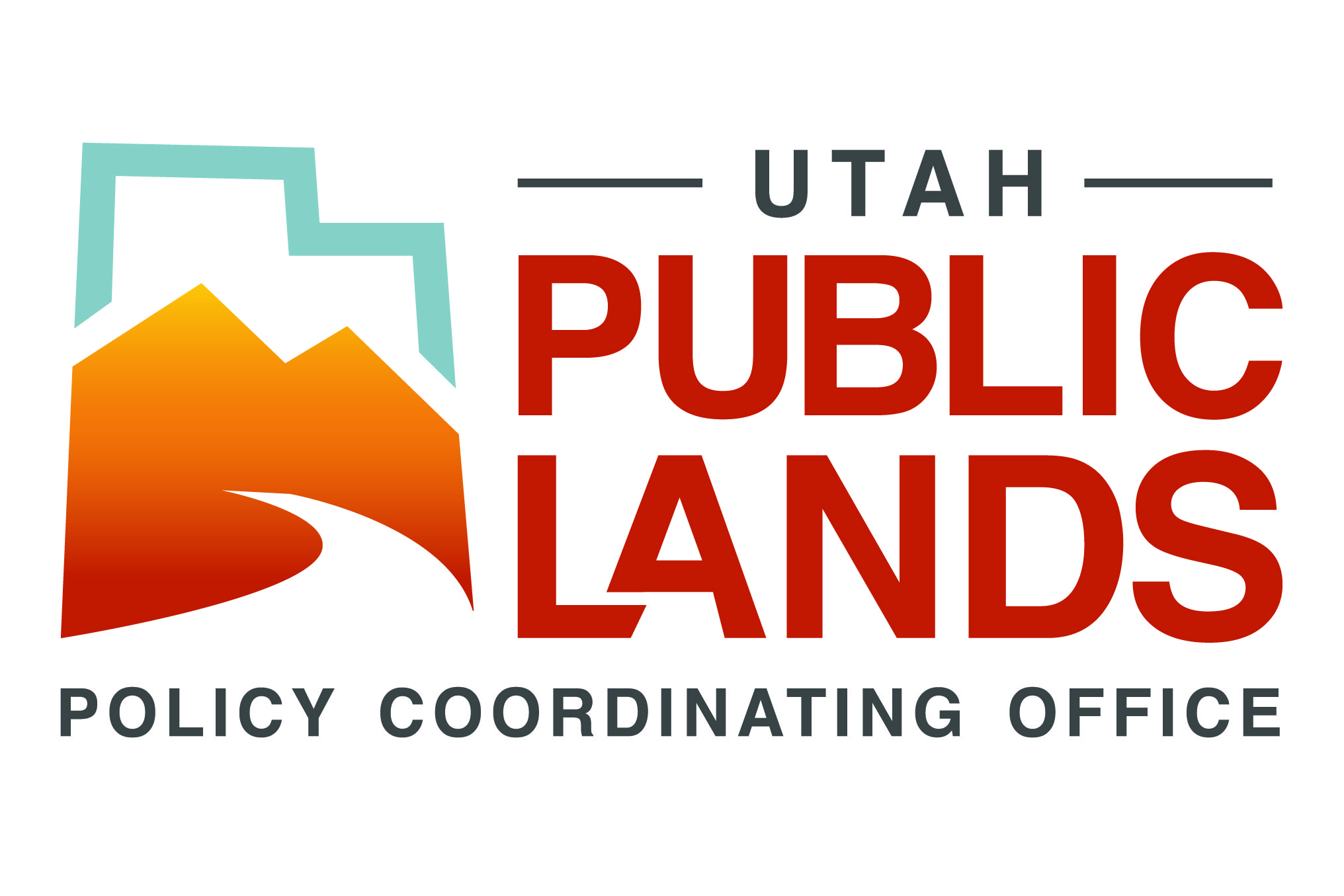Why Did We Conduct a Survey?
Managing a federal resource, such as horses, requires the input of US citizens (P.L. 91-190). As one can imagine, the opinions on how to control horse populations differs greatly among regions of the US. In 1982, the National Research Council suggested that control strategies for horse populations must be responsive to public attitudes; a successful program cannot be based solely on biological or economic considerations (National Research Council, 1982). Public views of free-roaming horses range from regarding them as symbols of grace and courage, to that of an invasive species that competes with agriculture and wildlife (Scasta, 2018). In a study of human attitudes toward animals, Kellert (1984) found that horses were the second-most liked animals, behind the domestic dog. The most famous herd in Utah, the Onaqui Mountain herd in Tooele County, is advertised as a popular tourist attraction (wildhorsetourist.com). Meanwhile, horse herds in Millard, Beaver, and Iron County, Utah annually create conflicts for livestock producers and wildlife managers.
Several National Research Council reports (1980, 1982, 2013) highlight the need for research into the social context of horse management, particularly studies that evaluate what aspects of horse management are supported by the public. The information gained from such inquiries could be incorporated into methods to manage horses that also engage public stakeholders. Once decision makers (i.e. public land management agencies, state and local government representatives) understand the different levels of knowledge and opinions of public land management, horses, and horse management options, they can begin to strategically engage a diversity of backgrounds and viewpoints toward creating a management plan that would be supported by most of the public (National Research Council, 2013).
In 2019, the Cooperative Extension System and Agricultural Experiment Stations in Utah and Nevada initiated a Rapid Response Team to focus on free-roaming horse and burro management. This team is made up of specialists from 5 western states that study free-roaming horse biology, ecology, and management, rangeland ecology, and human-wildlife conflict management. The goal of the team is to provide service and momentum to aid the Bureau of Land Management and the US Forest Service in creating a successful free-roaming horse management program for the future. A subcommittee was formed to create a national public survey to gauge the public’s knowledge and opinions of wild horses. Members of the State of Utah, the Bureau of Land Management Wild Horse and Burro Program, and the US Forest Service regional ranger, and scientists involved in studying free-roaming horses reviewed and supported the survey prior to its launch.
(Click here to read the full report and survey results)
Have a Question? Please contact Dr. Nicki Frey, nicki.frey@usu.edu

